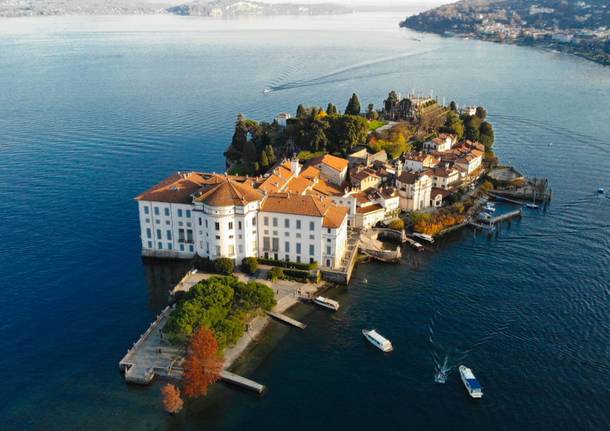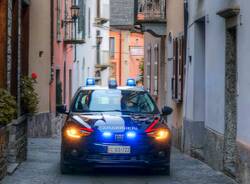Wonders and anecdotes of Isola Bella, at the local history museum
A Sunday dedicated to the gardens of the Borromeo property, led by the academics Vitaliana Del Sole and Antonella Coccetti

A Sunday dedicated to “The Gardens of Isola Bella”, with the meeting organised at the Museum of Local History in Taino. Two experts in botany and landscape, Vitaliana Del Sole and Antonella Coccetti, who were also speakers at the conference moderated by Professor Laura Tirelli, told the public about one of the most characteristic places on Lake Maggiore.
“Our territory has a unique wonder: Isola Bella,” Del Sole explained. “Credit goes to the Borromeo family, who have always been committed to making the most of both the garden and the building.”
The expert retraced the origins of the Borromeo family, “who were originally from Rome, but who were forced to move away from the Papal State in the late Middle Ages, because of the conflict between the Guelphs and the Ghibellines.”
“Bon-romeo means good walker,” she said, “as they had to emigrate because they were Ghibellines. After moving to Tuscany, to between Pisa and Florence, they came to northern Italy, where, in 1439, Vitaliano Borromeo was appointed treasurer of the Duchy of Milan by Filippo Maria Visconti, and, six years later, Count of Arona. It was in that period that he bought almost a thousand square kilometres on Lake Maggiore, for 1800 imperial lira, with the aim of building the palace, although this was only built in 1652 on the wishes of his heirs Charles III and his son Vitaliano VI. The desire to build has continued to today, with Vitaliano XI, who, also thanks to the expert Gianfranco Giustina, continues the work of the Borromeo family.”
Antonella Coccetti had the task of presenting the beauty of the island in more detail. With the aid of photographs, She gave a sort of tour of the gardens and rooms of the palace, full of stories and anecdotes, including the Teatro Massimo, which is in the Baroque style, the bed of Napoleon, the exotic Garden of the Camphor, which is also known as the Dutch garden, because of the species grown and imported by Dutch traders, to the terrace, where you can see Lake Maggiore in all directions, from Laveno to Angera.










Accedi o registrati per commentare questo articolo.
L'email è richiesta ma non verrà mostrata ai visitatori. Il contenuto di questo commento esprime il pensiero dell'autore e non rappresenta la linea editoriale di VareseNews.it, che rimane autonoma e indipendente. I messaggi inclusi nei commenti non sono testi giornalistici, ma post inviati dai singoli lettori che possono essere automaticamente pubblicati senza filtro preventivo. I commenti che includano uno o più link a siti esterni verranno rimossi in automatico dal sistema.